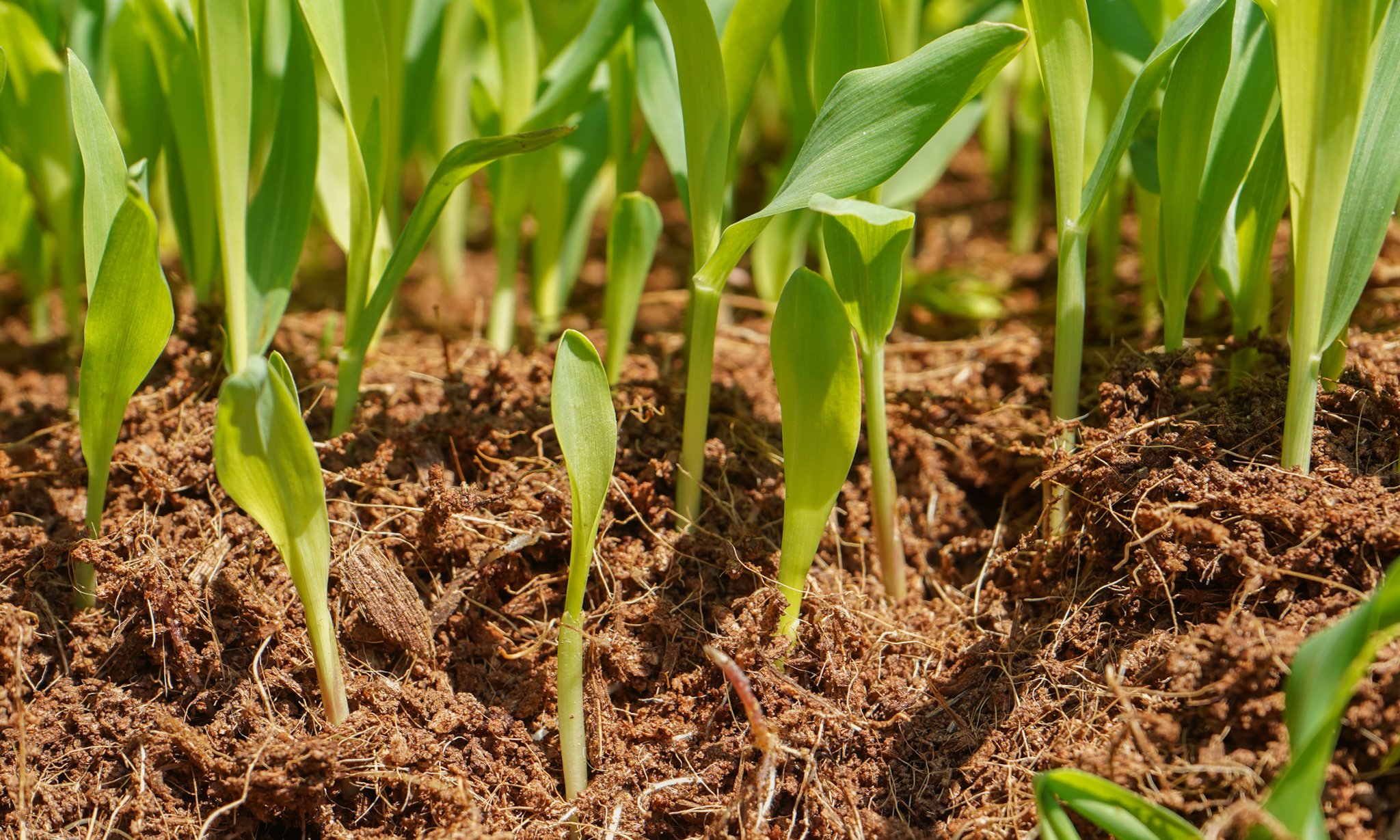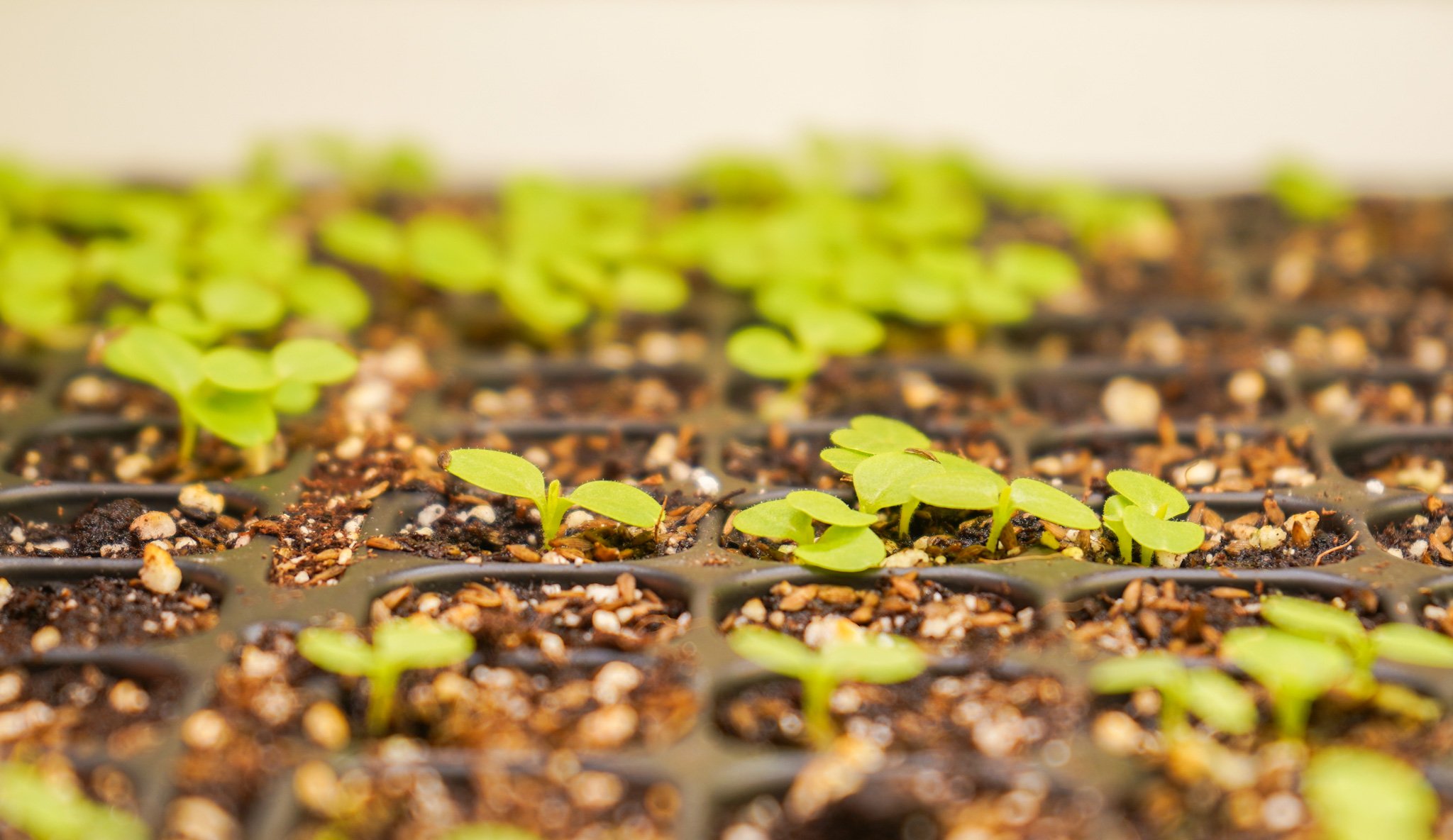Monocots vs. Dicots: A Botanical Distinction Explored
In the enchanting realm of botany, the classification of flowering plants into two major categories, monocots and dicots, unravels a captivating tale of diversity and adaptation. Join us as we journey through the intriguing differences that define these two classes and explore the unique characteristics that set them apart.
Monocots:
Monocotyledons, or monocots for short, are a fascinating group of plants distinguished by their singular cotyledon, which serves as the embryo's first leaf. A key feature of monocots is their parallel-veined leaves, where the veins run side by side. When it comes to floral arrangements, monocots exhibit flower parts in multiples of three, adding a touch of mathematical elegance to their structures. Additionally, the vascular bundles within their stems are often scattered in a seemingly random pattern. A diverse range of monocots graces our world, including graceful lilies, the intricate beauty of orchids, and the staple grains like wheat and rice that nourish populations across the globe.
Dicots:
Dicotyledons, or dicots, present a striking contrast to their monocot counterparts. These plants boast two cotyledons, providing ample nourishment to the developing embryo. Their leaves are often characterized by reticulate venation, where veins form a complex network reminiscent of a finely woven tapestry. In the realm of floral anatomy, dicots commonly feature flower parts in multiples of four or five, adding a sense of symmetry to their blossoms. Unlike monocots, the vascular bundles in dicot stems tend to be arranged in a circular fashion. From the velvety allure of roses to the radiant faces of sunflowers, and the promising growth of legumes such as peas and beans, dicots showcase an astonishing array of forms and functions.



